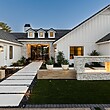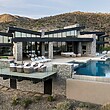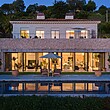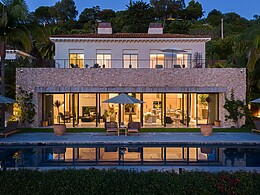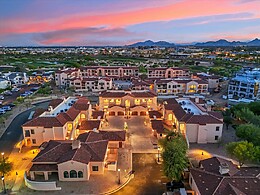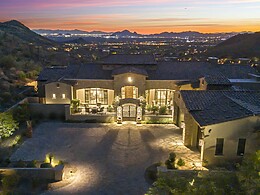
Frank Lloyd Wright’s work is known by many for its simplicity and harmony with nature. Wright’s prevalent designs in Arizona and beyond are a testament to the way we can build and live organically, making Wright one of the greatest architects of all time. However, Wright’s projects that still stand today are only a glimpse of his work; the architect designed more than 1,000 projects, yet less than half of these designs were ever realized.
Spanish architect David Romero is making it possible for the public to see what Wright’s unrealized projects may have looked like by creating 3D computer representations of the famous architect’s designs.
“It all started about 10 years ago as a way to improve my skills in using advanced software in the 3D representation of architectural projects,” says Romero. “At that time, an impressive video appeared made by a 3D artist Alex Roman that showed buildings digitally recreated realistically. The funny thing is that it recreated buildings that already existed, so I thought, ‘What would happen if I did the same but with buildings that don’t exist?’”
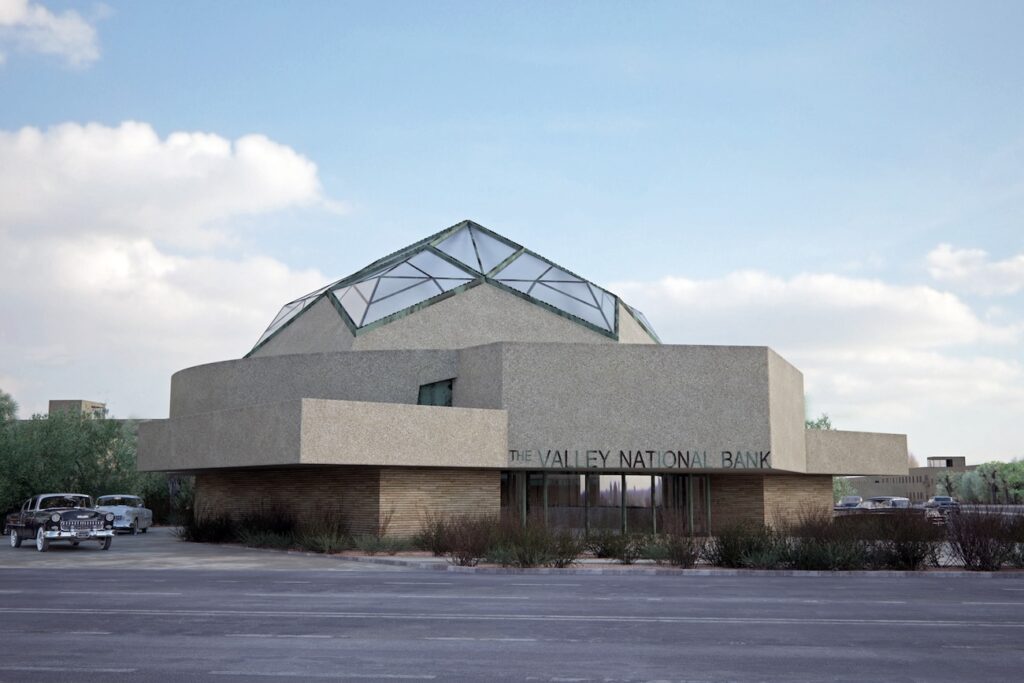
Romero works professionally as an architect in Madrid but has dedicated the past 10 years to studying Wright’s work and recreating his buildings that were demolished or never completed. While creating 3D representations of Wright’s work is a hobby for Romero, he has collaborated with the Frank Lloyd Wright Foundation in recent years, which publishes Romero’s creations annually in their quarterly magazine.
“While we will never know the true experience of visiting an unbuilt Wright design, these renderings can convey a bit more sense of space and light than the drawings alone,” says Stuart Graff, the foundation’s president and CEO, in a statement. “There are approximately 660 Wright designs that were never built. As we wonder what might have been if these designs had been realized, Romero’s work gives us a sense of Wright’s innovative genius that we can continue to learn from and be inspired by.”
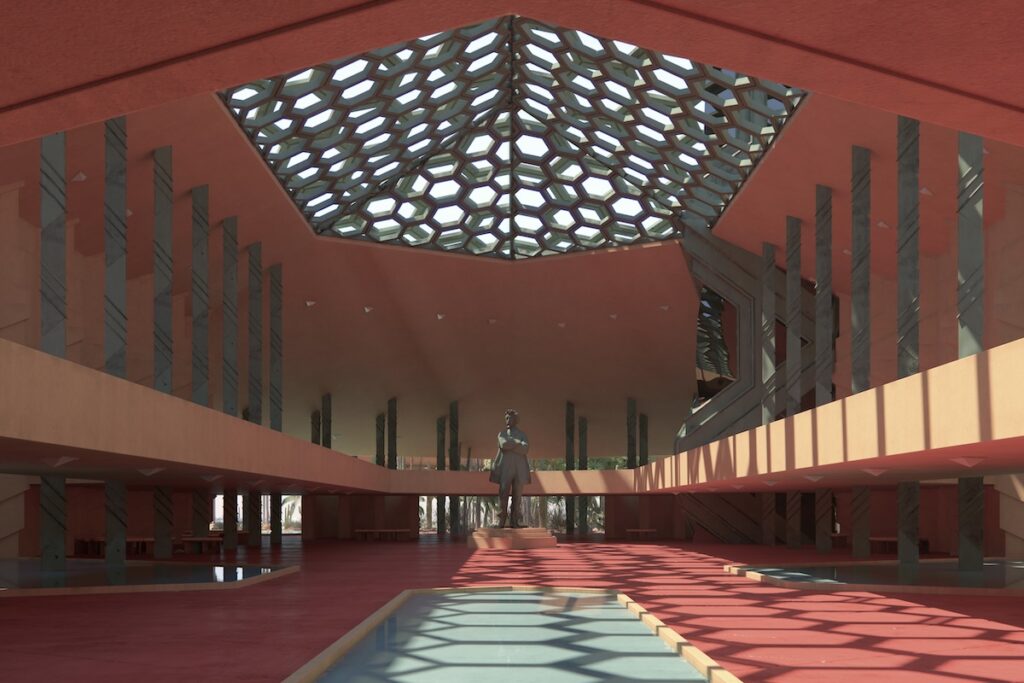
“Frank Lloyd Wright has been my hero since the time I studied architecture at university. If we assume that art can unite the rational and intellectual with the world of emotions, in my case, no other architect excites me as much as the work of Frank Lloyd Wright,” says Romero.
Each of Romero’s 3D renderings provides photorealistic illustrations of Wright’s designs, giving viewers an accurate and complete picture of what the architect’s work might have looked like today. Digital recreations of Wright’s unbuilt designs by Romero include Valley National Bank in Tucson, Ariz., the Arizona State Capitol and the Thomas C. Lea House in North Carolina, among others.
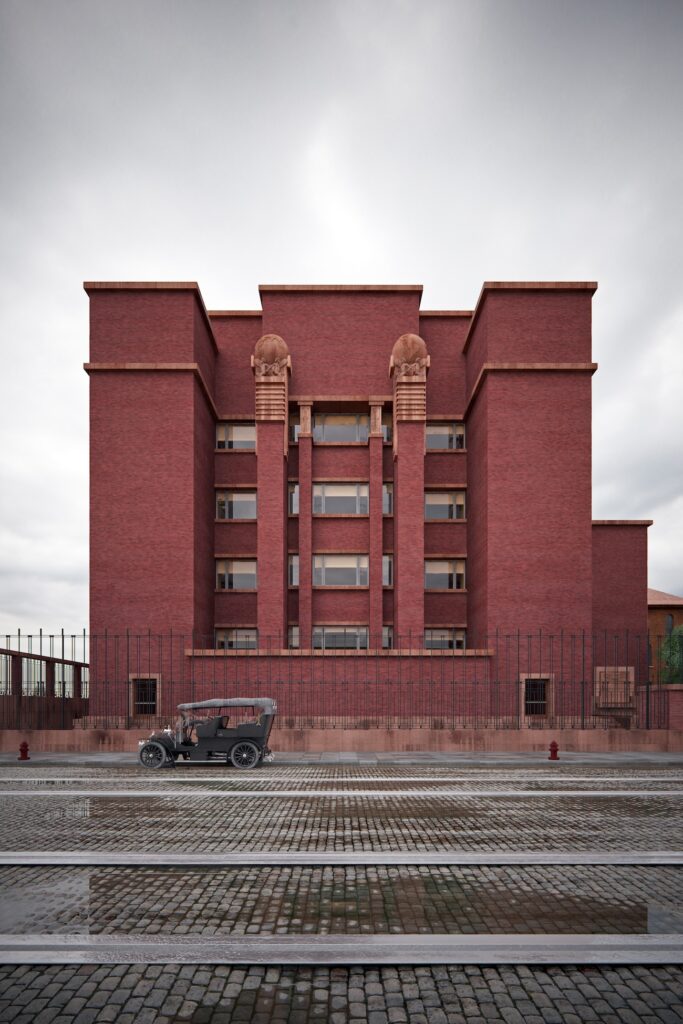

“Two of my recreations are of buildings that have unfortunately been demolished, these are the Larkin Administration Building [in Buffalo, N.Y.] and the Pauson House [in Phoenix, Ariz.]. It is very sad when a work of art disappears, so I have an emotional connection with those two projects,” Romero shares. “Before my recreations appeared, there were only black and white photographs of these projects, so I am glad to have contributed to allowing us to see them in color and in all their splendor.”
Using published resources, like academic articles and books, as well as Wright’s actual drawings ranging from sketches to complete construction details, Romero can create 3D models of Wright’s work on specific software that allows him to add light, texture and touch-ups to the designs, resulting in images that look like a photograph. To get an idea of how Romero uses both data and speculation in his designs, check out his “speculometer” here.
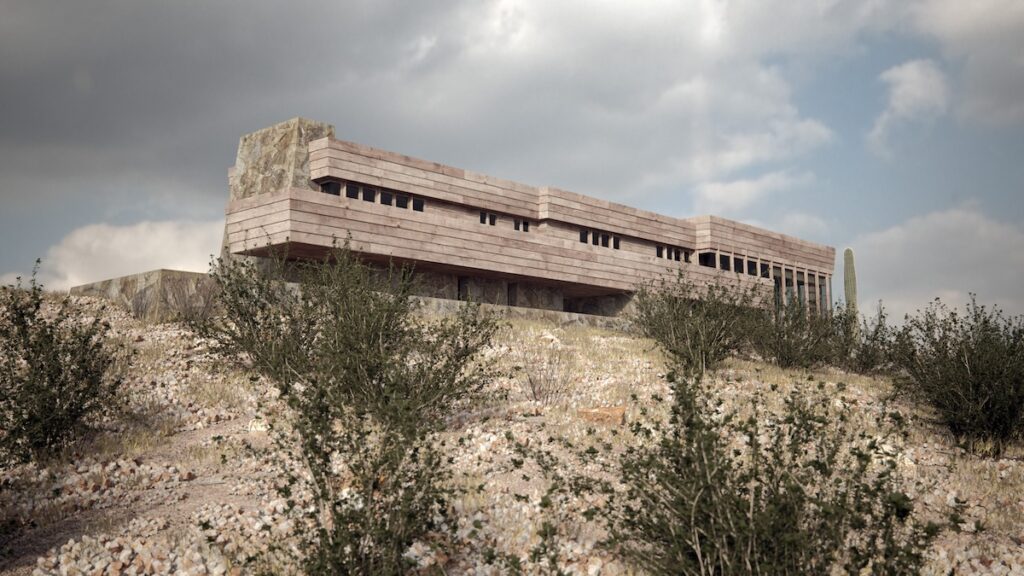
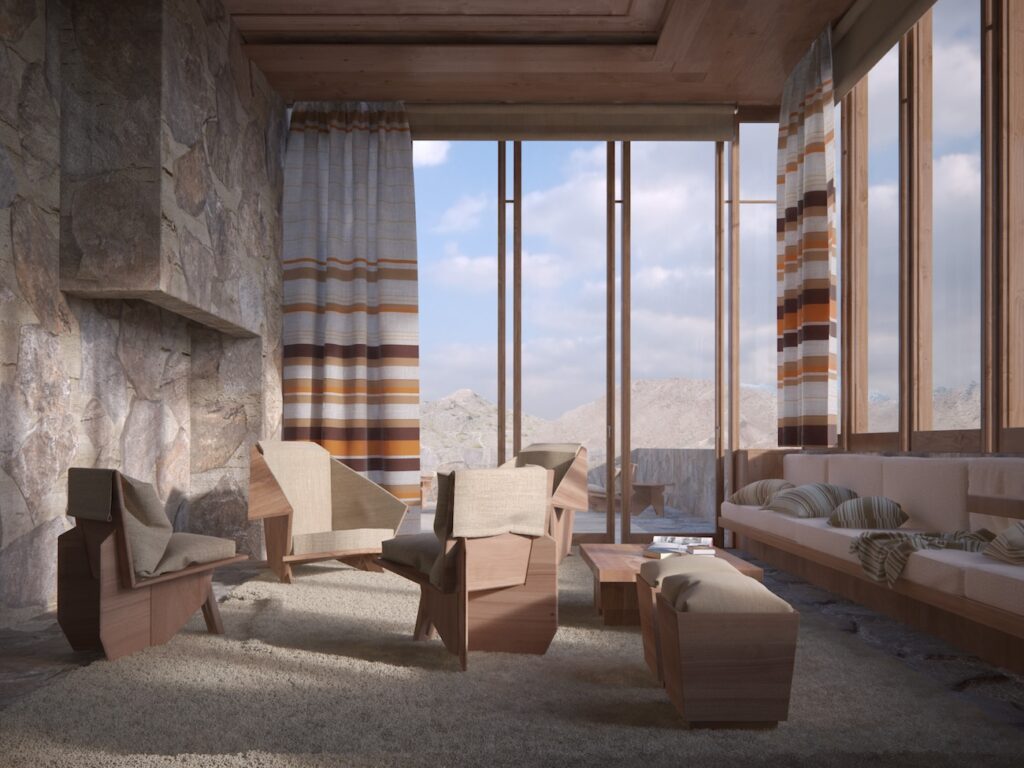
“For me, it is very thrilling to see those buildings recreated realistically, I am the first fan of my work! I get very excited when I see them appear on my computer screen almost as if they were real, so I hope that fans of Wright’s work and architecture in general feel the same as I do,” says Romero.
Romero shares his work on hookedonthepast.com, where visitors can discover the stories behind his digital representations of Wright’s projects, view a complete gallery of his designs and learn more about his creation process. You can also support Romero by purchasing art prints to frame here.
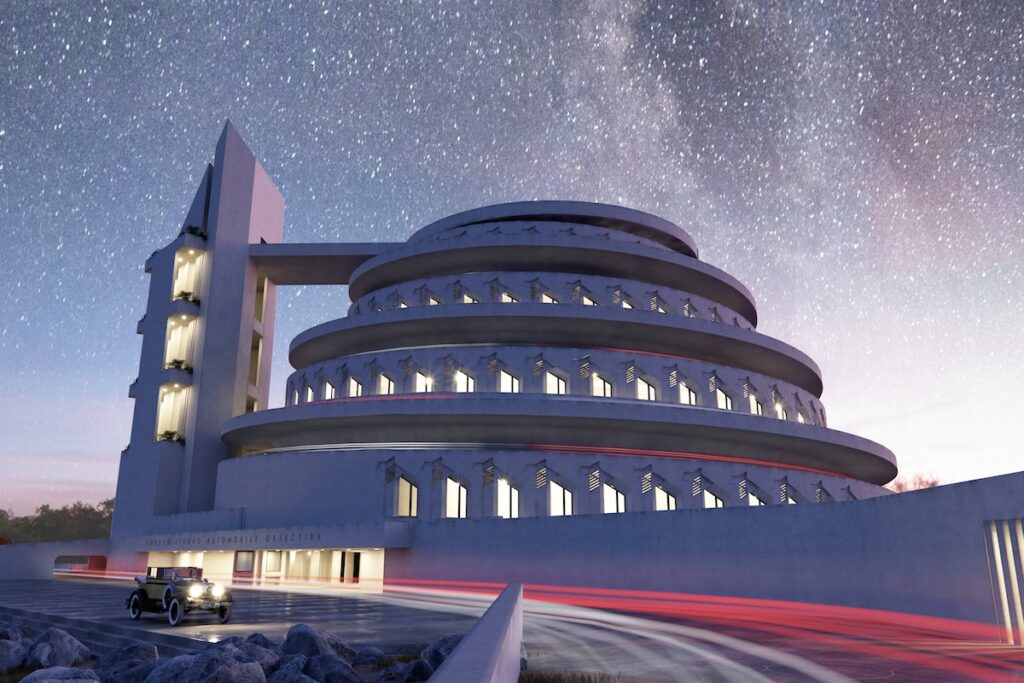
3D Images courtesy David Romero


